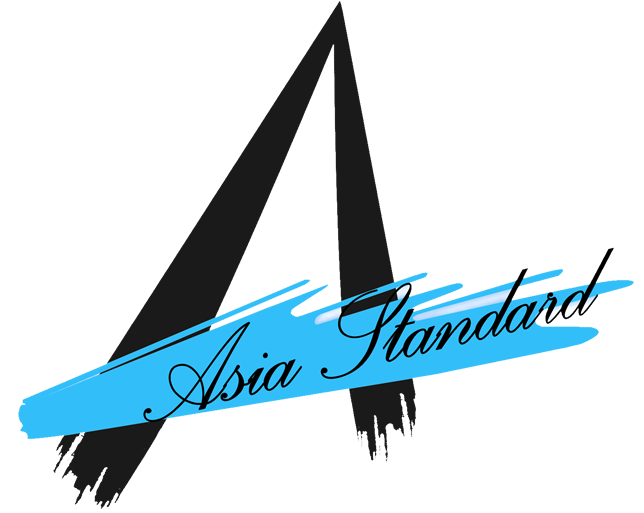UV resin, also known as photosensitive resin, is an oligomer that can quickly undergo physical and chemical changes in a short period of time after being irradiated by light, and then cross-link and cure; it is also a photosensitive resin with a relatively low molecular weight , It has reactive groups that can perform UV, such as unsaturated double bonds or epoxy groups, etc.; it is the base resin of UV coatings, and it is compounded with photoinitiators, reactive diluents and various additives to form UV coatings .
UV resin generally does not refer to a clear type of substance. Many prepolymer mixtures that are crosslinked under ultraviolet light are called UV resins, mainly prepolymers containing acrylate and methacrylate groups. , It can also be epoxy or allyl. Sometimes a photosensitizer is needed to promote the reaction. The reaction proceeds by free radical polymerization. The yellowing mentioned by the subject may be the color of the photosensitizer (or decomposition product). Of course, the unreacted unsaturated groups are easier to be oxidized.
UV resins can be classified into solvent-based UV resins and water-based UV resins.
Solvent-based UV resin: Commonly used solvent-based UV resins mainly include: UV unsaturated polyester, UV epoxy acrylate, UV polyurethane acrylate, UV polyester acrylate, UV polyether acrylate, UV pure acrylic resin, UV ring Oxygen resin, UV silicone oligomer.
Water-based UV resin: Water-based UV resin refers to a UV resin that can be dissolved in water or can be dispersed in water. The molecule contains a certain number of strong hydrophilic groups, such as carboxyl, hydroxyl, amino, ether, and amido groups. Contains unsaturated groups, such as acryl, methacryl or allyl. Water-based UV trees can be divided into three types: emulsion type, water-dispersible type and water-soluble type. The three main categories are: water-based polyurethane acrylate, water-based Epoxy acrylate and waterborne polyester acrylate.
The primary application areas of UV resin: UV coatings, UV inks, UV glues, etc., among which UV coatings are the most used, including the following types of UV water-based coatings, UV powder coatings, UV leather coatings, UV fiber coatings, UV metal coatings, UV paper Glazing coatings, UV plastic coatings, UV wood coatings.
Solvent-based UV resin
Commonly used solvent-based UV resins mainly include: UV unsaturated polyester, UV epoxy acrylate, UV polyurethane acrylate, UV polyester acrylate, UV polyether acrylate, UV pure acrylic resin, UV epoxy resin, UV organic Silicon oligomer.
Water-based UV resin
Water-based UV resin refers to water-soluble or water-dispersible UV resin. The molecule contains a certain number of strong hydrophilic groups, such as carboxyl, hydroxyl, amino, ether, amido, etc., but also contains unsaturated groups. Groups, such as acryl, methacryl or allyl. Water-based UV resins can be divided into three types: emulsion type, water-dispersible type and water-soluble type. Mainly include three types: water-based polyurethane acrylate, water-based epoxy acrylate And water-based polyester acrylate.
The main application areas of UV resin: UV coatings, uv inks, uv glues, etc. Among them, uv coatings are the most used, including the following types of UV water-based coatings, UV powder coatings, UV leather coatings, UV fiber coatings, UV metal coatings, UV paper Light coatings, UV plastic coatings, UV wood coatings.
